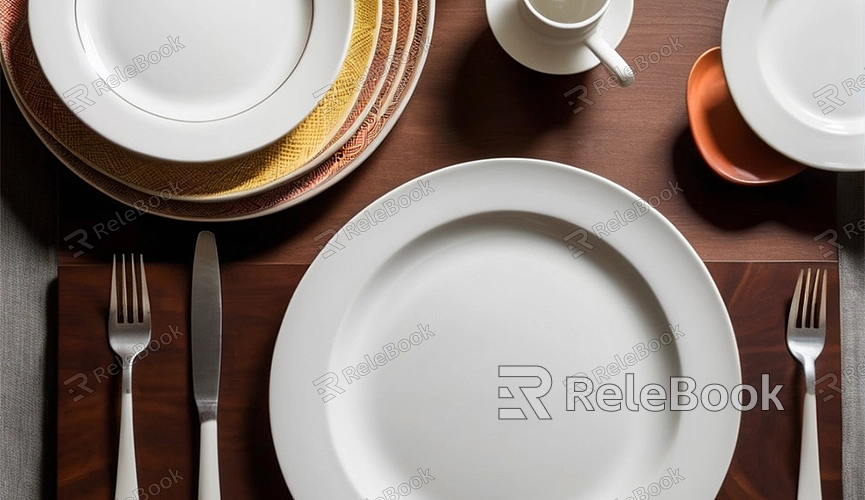How to increase detail from textures in render blender internal
In the process of 3D modeling and rendering, the expression of texture details is crucial. Fine textures can add more realism and visual appeal to your models. This article will introduce methods to increase texture details in the Blender Internal render engine, making your work stand out.
Use High-Resolution Textures
First, high-resolution textures are the foundation of increased detail. When selecting textures, choose high-resolution images to retain more details during rendering. If you need high-quality 3D textures and HDRI or 3D model downloads for your models and virtual scenes, you can download them from Relebook and directly import them into your model after downloading.

Adjust Texture Mapping Settings
In Blender, to make textures clearer, you can adjust the texture mapping settings. Ensure the UV mapping of the texture is correct to avoid stretching and distortion. In the texture settings, you can adjust the "filtering" option to "None" or "Cubic" to reduce blurring. Additionally, increase the "detail level" to maintain texture clarity from different angles and distances.
Use the Subdivision Surface Modifier
The Subdivision Surface Modifier is an effective tool for increasing model detail. By increasing the polygon count of the model, you can enrich the texture details. When applying the Subdivision Surface Modifier, choose an appropriate subdivision level to balance detail and performance. In the render settings, select a higher subdivision level during rendering for better results.
Adjust Lighting and Shadows
Lighting and shadow settings also affect texture performance. In Blender Internal, you can enhance texture details by adjusting the intensity, color, and position of light sources. For example, using multiple light sources to simulate lighting from different directions can increase shadow effects on the model surface, making textures more three-dimensional and realistic. Additionally, increasing ambient light appropriately can help texture details in dark areas stand out.

Use Normal Maps and Bump Maps
Normal maps and bump maps are essential tools for adding detail. By adding normal maps and bump maps, you can simulate more detail without increasing the polygon count. In Blender, you can add normal maps and bump maps in the material settings and adjust their strength to make textures richer and more realistic.
Optimize Render Settings
In the render settings, you can increase texture detail by adjusting the sampling number and anti-aliasing options. Increasing the sampling number can reduce noise, making textures smoother and finer. Enabling anti-aliasing options can reduce jagged edges, making textures clearer. In Blender Internal, you can set the "sampling" option to "Full Global Illumination" for better rendering effects.
Learn from and Emulate Outstanding Works
Constantly learning from and emulating outstanding works is an important way to improve your rendering skills. Watch tutorials and participate in workshops to learn from others' experiences and techniques. Also, observe excellent 3D works, analyze their lighting, texture, and material settings, and apply their strengths to your own works.
By using high-resolution textures, adjusting texture mapping settings, using the Subdivision Surface Modifier, optimizing lighting and shadows, adding normal maps and bump maps, and optimizing render settings, you can significantly increase texture detail in Blender Internal render. If you need high-quality 3D textures and HDRI or 3D model downloads for your models and virtual scenes, you can download them from Relebook and directly import them into your model after downloading.

